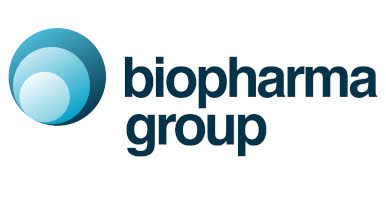Few scientific discoveries have had such a huge impact on the health of the world’s human and animal populations as vaccines. The development of recombinant protein synthesis in the 20th century means that vaccines now come in a variety of different forms – from the live cowpox organisms Edward Jenner employed to inoculate against smallpox in the late 18th century, through to the modern, relatively small novel molecules that are designed to elicit an immune response so that the body can subsequently recognise specific parts of a pathogen that it may later encounter and for its defences to come into play.
Liquid-form instability
The nature of all vaccines is that they are active entities in some way; this means that they are recognised as being ‘invaders’ rather than, say, a friendly bacterium or a food-based protein. As a consequence they are rarely stable in liquid form (solution or suspension), especially at ambient temperatures. However, with many vaccines being needed in parts of the world with warm climates and where the maintenance of the 'cold chain' cannot always be guaranteed to the point of use, there has long been a need for the stabilisation of vaccines for successful transport and storage.
Freeze drying for long term stabilisation
Freeze-drying has been employed in the stabilisation of vaccines since the first half of the 20th century, when it began to be applied as an industrial process throughout a number of sectors. Due to freeze-drying equipment design and process development strategies having been driven largely by the pharmaceutical industry over the past decades, it has developed into a means of stabilising a wide range of therapeutic products in a controllable manner so as to give a reliable outcome even in cases where the starting material comes from processes such as fermentation which may have an inherently variable output.
Overcoming process sensitivity
However, it is also widely known that different organisms have different sensitivities to processing; in fact, even different relatively small protein molecules possess different nuances of sensitivity to their micro-environment in simple aqueous solutions. Therefore, even if the fundamental laws of freeze-drying physics and chemistry are well understood by the vaccine developer, each potential vaccine still needs to be treated on a case-by-case basis in order for freeze-drying to produce a dried product with the requisite levels of activity and stability on a reliable and repeatable basis.
BTL’s experience with lyophilisation of vaccines
Since 1997, BTL (Biopharma Technology Ltd, part of the Biopharma Group) has worked with a large number of vaccine products, from synthetic protein-based injectable feline vaccines to genetically modified organisms lyophilised into powders that are dosed into capsules for oral dosing in humans.
Beginning with the characterisation of candidate formulations by state-of-the-art analytical instruments, right through to the development of a robust and scalable freeze-drying process that can be transferred to a CMO or in-house facility, BTL’s rational, scientific approach to formulation design and process development provides for a tailored solution no matter what type of vaccine, dose, presentation or route of administration, or whether it is for human or veterinary application.

